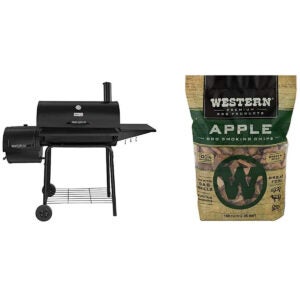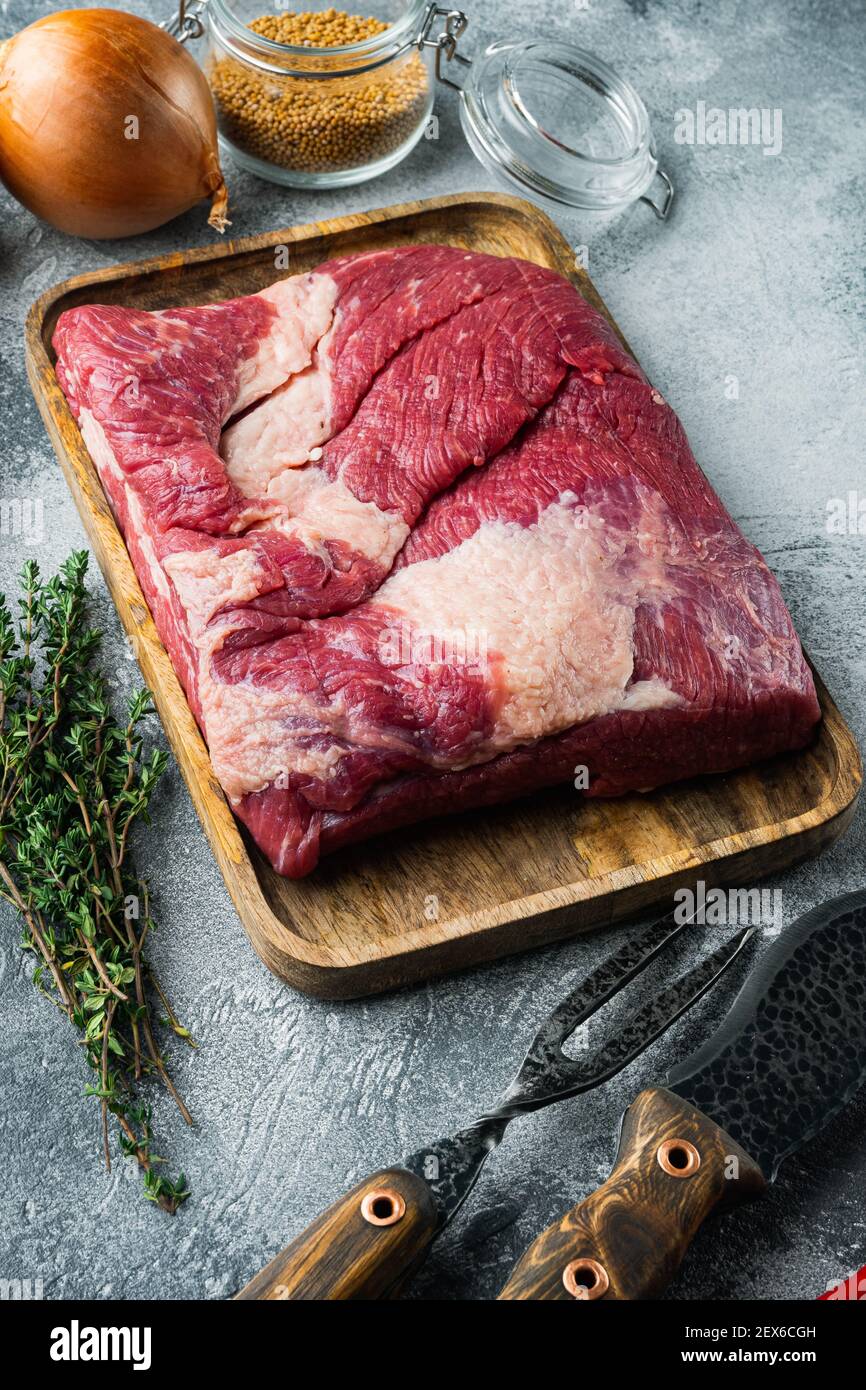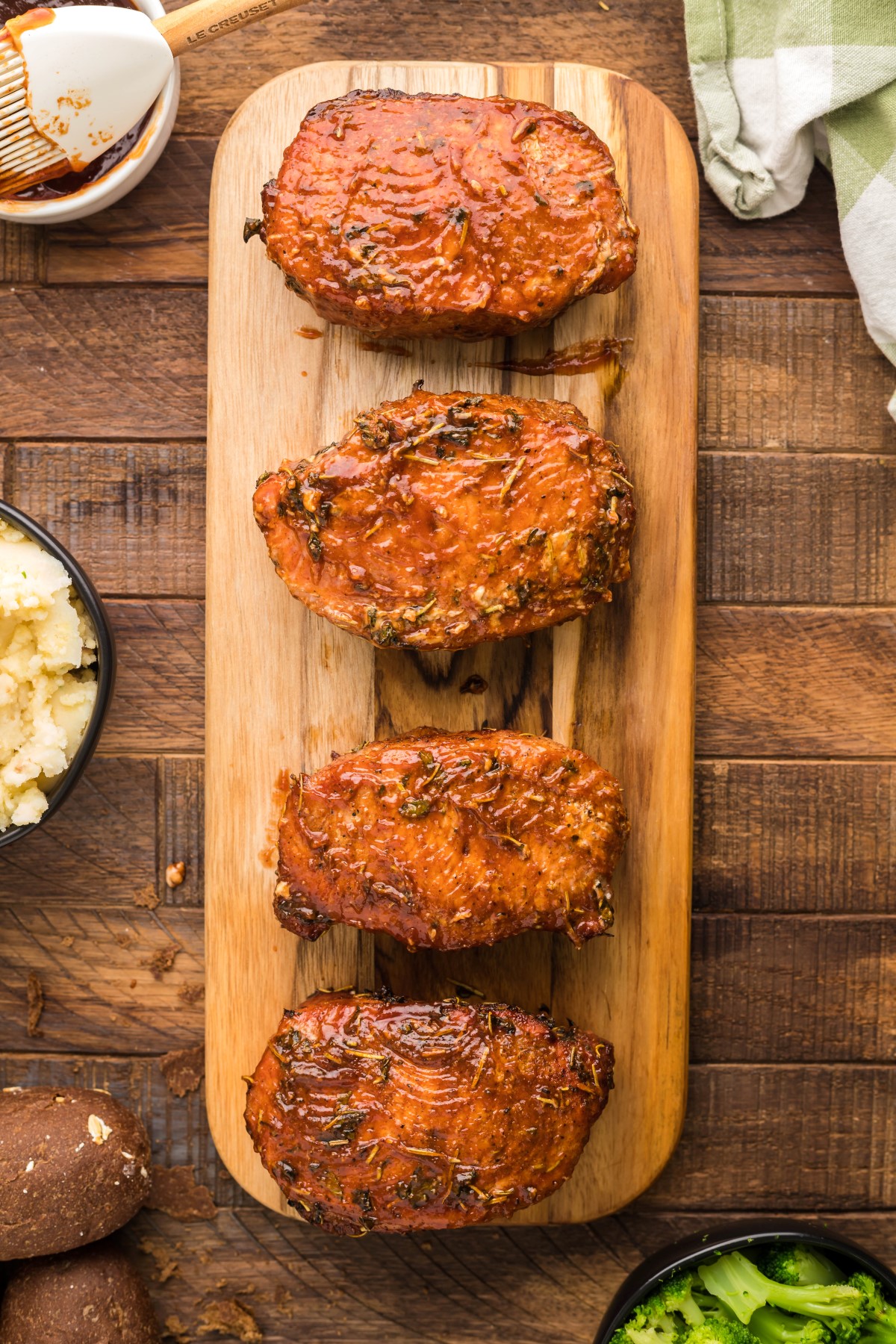
You can heat your food by cooking it over coals. A charcoal grill with wide open vents will produce a higher heat. Your flames should be high to ensure that enough oxygen is flowing through. If your flames get too low, there's not enough oxygen. If you find that your food is being cooked too fast, it is time to close the vents. The heat is higher when the flames are higher. If the flames are low, you are using too little charcoal.
Ventilation
A charcoal grill will have an intake vent. This device supplies oxygen to the combustibles. This is the source for the grill's "fuel." The grill's "fuel" is the amount of oxygen that can be emitted from the vent. It is important to regulate the oxygen rate in order to control the temperature.
The main method of controlling the temperature is to use the charcoal grill’s intake vent. Near the vent, look for two arrows. If the arrows point to half-open, the vent is open. The top lid contains the oxygen and exhaust dampers. You can adjust the heat and intensity of your fire by opening or closing the top lid. Also, the larger the vent, the hotter the fire will get.
The vents on the charcoal grill should be opened as much as possible. If the vents are left open, charcoal will burn faster and be hotter. Vents should be closed to reduce heat buildup and the smoke. The bottom vent must be opened while the top one should stay closed. If you are noticing too much smoke, close the bottom vent. If it doesn't smoke, close it half-way or completely.
Another component to look at is the outtake valve. The outtake valve pulls oxygen from your air. If not properly vented, charcoal/wood fires can produce gases that can smother the fire. To ensure the correct temperature, adjust the intake vent before you start cooking. For beginners, you can start at the intake vent and work up.
Exhaust vent
The exhaust vent on a charcoal charcoal grill controls how much oxygen is allowed to enter. You will have a more intense fire if the vent is fully or partially open. However, if the vent is closed, less oxygen will be allowed to enter the cooking area. This will cause a smaller flame and starve the fire. When controlling exhaust vents, there are many things to consider.
An exhaust vent in a charcoal grill helps to balance oxygen in the bottom with oxygen in top. To cook the perfect hamburger, you need to have control over both fuels. The charcoal grill exhaust vents are sometimes called dampers. They do not allow heat to escape, but instead control the temperature. The vent's proper use can enhance the flavor of your food, and help to keep it tender and juicy.
The most important part of any charcoal grill is the exhaust vent. To get the best heat out of the charcoal, cook it directly on the coals. You can also use the 2-zone technique to regulate temperature. You can move food by cooking in sections using the two-zone method. If time is short and you need to transfer the food to each zone, the top vent can also be opened to allow for better control of the flame.
The intake damper, which is the second piece of a charcoal grill's exhaust vent, is located at the bottom. This vent is located on the bottom side of the grill. Open the vent to reduce oxygen consumption for wood and charcoal. The intake damper is typically located on the bottom of the grill. The fire can heat up if the vent is open. You can also heat the fire faster and cook more food by removing the lid.
Take-down damper

Charcoal charcoal grills are air-cooled by an intake vent. When heat rises, oxygen is drawn into the grill. A functioning charcoal grill intake damer opens the grill to air. The grill will breathe more oxygen if the intake damper is open. An enclosed vent reduces the oxygen levels. Too much air can lead to coals getting too hot, which can result in food being burned. The coals will die if the damper is closed.
Although they are sometimes called intake or exhaust vents, dampers and vents are actually the same thing. An intake damper is found on the lower section of a charcoal grill, while an exhaust vent is located on top. The exhaust and intake vents on a charcoal grill are designed to draw oxygen into the fire. To ensure the proper temperature of your food, keep them open. If the charcoal grill gets too hot, it will produce more smoking than it can handle.
The temperature can be controlled by adjusting the charcoal grill intake damper. The larger the vent opening, the more oxygen is allowed in. The smaller the airflow, the cooler the charcoal grill will be. Two dampers are found on most charcoal grills: one in the lid and one in the bottom bowl. The temperature of the charcoal grill's overall temperature is controlled by the damper. To get the best smoke flavor, keep the damper open. Remember that it can take between 10-20 minutes for the charcoal grill intake damper to settle.
A charcoal grill intake dipper helps prevent the fire from growing out of control. Without a lid, the charcoal is in a volatile state and will burn until it is reduced to ashes. You can easily put out a charcoal-grill by closing the vents. This prevents drafts, regulates temperature, and smothers the fire. This is also known "fire triangle" and is a way to regulate the temperature.
Cleaning the grill grates while still warm
It is easier than cleaning the grates of your barbecue while they are still warm. Two cups of vinegar and a cup of baking soda are the first steps to clean your grill grates. Allow the mixture to sit for about an hour and then scrub the grates thoroughly with a steel wool or a scouring pad. This method is safer and more effective than many chemical solutions.
You should clean the grill grates after every cooking session. Using a high-quality stainless steel brush, scrape off any food that has browned on the grill grates. If possible, you can also use a separate scraper or the built-in scraper to remove burnt-on food. Take out any brush bristles that are loose. After you have cleaned and dried the grates, rinse them thoroughly.
Cast-iron grates should be washed with soap and water. Grates with a buildup of grease can cause them to lose their nonstick properties. It is important to clean them thoroughly if you want to keep them looking new. This applies to porcelain grill grates as well. These should be cleaned by hand using soap and warm water. Instead of using a cleaner, you can use vegetable oils to prevent rust.
You can also use aluminum foil to scrub the grill grates. You can use tongs to help you crumple the aluminum foil. With a brush, remove any food particles stuck to the grill grates. Make sure to allow the grill to cool down before wiping it down. This will ensure that the grill is clean. You can cook on a charcoal grill for just a few minutes.
Check the vents

A charcoal grill's vents regulate the amount of oxygen that reaches the charcoal as well as the temperature of the interior. The vents are essential to charcoal grilling. You'll be better able to control temperature and flavor. To prevent a flame, close all ventilations. Allow the grill to cool completely before you store it.
If there has been heavy rain recently, it is common for the charcoal grill's lids to rust. This can cause the grill to become closed and restrict oxygen flow. This can result in a semi-cooked meal, or semi-burnt coal. Charcoal grills' vents are vital for their proper functioning. They are essential to the grill's proper functioning. Regular inspection will prevent any issues and enhance your cooking experience.
The function of a vent in a grill is to regulate how much oxygen gets in and out. If you are cooking in winter when oxygen is less, the bottom vent will be more important. The food will cook much faster. The purpose of a vent is to regulate temperature. An aluminum pan can be used to achieve the same effect if it isn't working. While it won't affect temperature as much like water, it can help you cook better food.
The top vent also goes by the name of the exhaust damper. For charcoal grilling, it is essential to properly use the damper. It should not be closed too tightly, as it will cause the fire to heat too quickly and produce too much smoke. You need to make sure that the settings are correct in order for smoke to taste right. The type of food you prepare should dictate how the vent damper is adjusted. You should also take into consideration the type of charcoal grill you're using.
FAQ
How much does a culinary school cost?
Prices for Culinary School vary depending upon where you go, what program you select, and how long you stay there. Tuition costs range from $10,000 to $30,000. Most students graduate with approximately $20,000 in debt. There are some programs that offer grants and scholarships as well as work-study options.
How Much Does It Cost to Study Culinary Arts?
You will find that the price to study culinary arts is variable. For example, a four-year degree typically costs around $40,000. A two-year associate's program may be less expensive at $5,000. The tuition rate you choose depends on the program. Public institutions are more expensive than private institutions.
Are there any free online cooking classes?
Many websites offer free cooking classes. YouTube can be searched for videos showing you how to make different meals. You can find thousands of recipes on certain websites. While you may have to pay a monthly charge, these websites allow you to try out the recipes for 30 days for no cost.
Statistics
- You'll be amazed that over 90% of CIA students receive scholarships and grants to finish their culinary studies. (ischoolconnect.com)
- According to the BLS, chefs earn $58,740 a year. (learnhowtobecome.org)
- under 10 Kids have been taught that there is special food just for them, and Fiese says that 10 percent of kids will throw a tantrum if they don't get the food they want. (washingtonpost.com)
External Links
How To
How to make Apple Pie
The process of making an apple pie consists of several steps. First wash the apples. After peeling them, cut them in small pieces. Next, add sugar and cinnamon, cloves and lemon juice. Mix everything together, then bake for 15 minutes at 350F. Let the mixture cool in the oven for 15 minutes, then add the cream to the top. Finally, you sprinkle some powdered sugar on top and serve it.